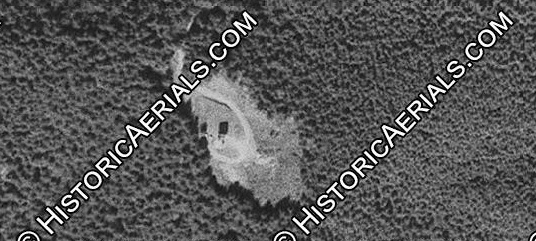Cedar Point Lookout - Lookout Mountain
The first tower was in 1931, a 40 foot wooden tower and ground cabin for living quarters. In 1961 a 40 foot treated timber tower with R-6 flat 15 x 15 foot cab with catwalk was built. This second tower was used sometime into the 1970's but it was destroyed in 1981. The site is located within the City of Seattle Watershed and is closed to public access. Tours are sometimes available that visit the lookout and other historic sites.
Elevation: 2,162 feet
Distance: Drive-up
Special Permission & Guide Required
Washington Fire Lookouts
AWS observers at City Lookout - Robert Floyd Clark adn Rosmond Leon Clark
1942 Aircraft Warning Service History
May 8, 1942: On Friday, May 1, I inspected City Lookout with District Ranger Paul S. Pieper and City Forester Allan Thompson. City Lookout (Lookout Mountain) is within the Cedar River watershed, in Section 7, T. 22 N., R. 8E., on land belonging to the City of Seattle. The lookout is normally manned by the city and was built by them. There is a native material tower and glassed-in cab and a ground cabin. The point is accessible by a rather steep mountain road built by the city. Permission was secured from Water Superintendent W.C. Morse to use the improvements for a yearlong A.W.S. observation post. A 1.5 mile telephone line was built from A.W.S. funds, and the ground cabin was enlarged by the city. The tower has 4 cedar pole uprights planted in the ground with quite a heavy batter. It is guyed and quite steady, but the bases of the poles do not look entirely sound. The cab is not tight and is not heated, being intended for summer occupancy only. A telephone has been installed in the cab, but practically all observing to date has been from the ground, as the weather has been quite stormy. From the ground outside the cabin, the view to the south and east is obscured by reproduction about 20 feet high on the flat topped ridge. The view to the north and west is excellent from the ground. The wind does not mask the sound of plane motors on the ground. Within the cab when a breeze is blowing the interstices form a sort of multiple whistle. It is desirable for the spotting of both aircraft and fires that the cab be occupied during daylight hours when it is not too stormy, and that the cab be improved by weather proofing, by hinging the windows, by the addition of a cat walk and the installation of a small heating unit. These improvements are required mainly for the A.W.S. work and as they will probably be largely depreciated during the A.W.S. need, the work might well be financed by A.W.S. funds. It is known, however, that the city plans to do this work. It is recommended that before the work is done an examination of the engineering features of structural safety be made. There is a civilian observation post at the Cedar Lake dam, some 4.5 miles to the east, but this civilian post does not give nearly the coverage of the lookout. Little Mtn. Lookout, some 4.5 miles farther to the southeast, is not accessible by road and sees the upper Cedar River Watershed very well, but does not have nearly the coverage of the occupied point, being masked by higher ridges around it. It is probable that the occupied City Lookout is the best point that can be found in this general vicinity.
Township 22N. Range 8E. is protected by the City of Seattle, although it is included in our cooperative agreement with the State as a State protective area. Thee will be a duel responsibility during the fire season if the city forester supervises the protective work and the district ranger supervises the A.W.S. work from this point. I think that the City Water Department would be willing to assume the entire responsibility for both duties, answering to this office for the A.W.S. station in addition to this. He expressed himself in favor of this undivided responsibility. The city will pay one observer from June 16 to September 15, the period during which a lookout is normally hired for this point. City Forester Allan Thompson can forward the timeslips of the observers to be paid from A.W.S. funds to this office for payment. It is recommended that the Seattle Water Department be requested to supervise the operation of the A.W.S. work. C. J. Conover, Liaison Officer.
May 12, 1942: Two of the observation posts were visited on this trip to the Snoqualmie. City Lookout: This post was visited in company with Messrs. Merritt and Conover of the Forest Service and Mr. Thompson of the City of Seattle Water Department. This post is functioning in excellent style. The observers, Mr. and Mrs. Clark, have been very well chosen for their assignments. I was able to witness the reporting of two flights. The reports were made in 40 and 50 seconds. There have been several delays in the past, caused by the local operator at Renton giving tardy service. Some improvement has been noticed lately, although delays occasionally occur. To date this O.P. makes an average of about 15 calls per day. When the operator service at Renton has been improved, the performance by this post should be excellent. The observers have very comfortable living quarters. A small ground cabin has been expanded to make a two-room dwelling. This is very satisfactory as it gives the operator off duty all the needed privacy. The cab on the tower is quite inadequate both from a fire as well as AWS standpoint. It would be extremely difficult to keep the cab warm. Mr. Thompson of the City of Seattle Water Department would like to build a new cab. He should be encouraged to do so. The tower, a 40-foot structure, is quite substantial and requires little maintenance. Concrete foundations for the tower legs should be provided, since the legs were sprung by a recent wind of moderate velocity. I understand that the City of Seattle contemplates these improvements at its own expense. In regard to the operation of this tower, Mr. Plumb has made the suggestion that the City of Seattle be given the responsibility for its operation since it is one of their fire towers, and it is very convenient for them to service. Furthermore, it will avoid dual responsibility. The Forest Service should enter the picture only to the extent that they provide periodic inspection such as is the case with State Towers. I believe this would be a very satisfactory arrangement. Mr. Clark, because of his physical disability, is not capable of working up the fuel wood needed at this post. It is suggested that the fuel be furnished and the cost of this job be considered as a legitimate debt to “Service and Supply”.
May 29, 1942: Transfer supervision Cedar Point to City approved provided all finance and payrolls handled by forest.
Access:
Near North Bend on I-90, take exit 32, 436th Avenue SE. Go right on 436th Avenue SE (Cedar Falls Road SE) for about 4 miles past the Rattlesnake Lake trailhead. The watershed education center is a bit further, behind a gate that is locked when the center is closed.
Other Information Learned From AWS
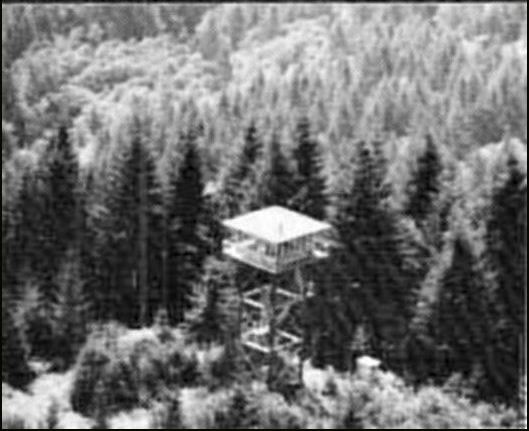
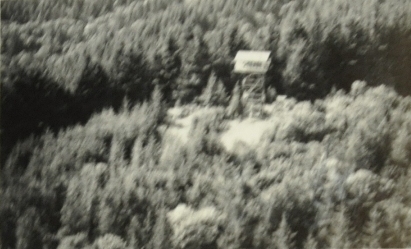
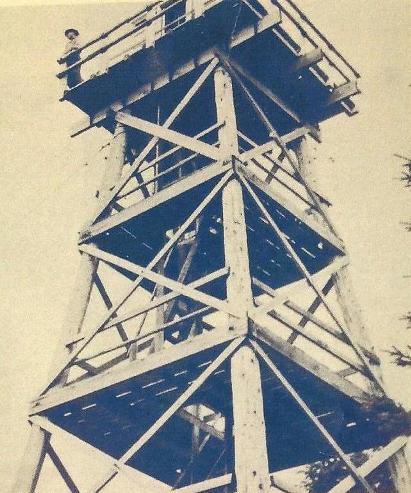
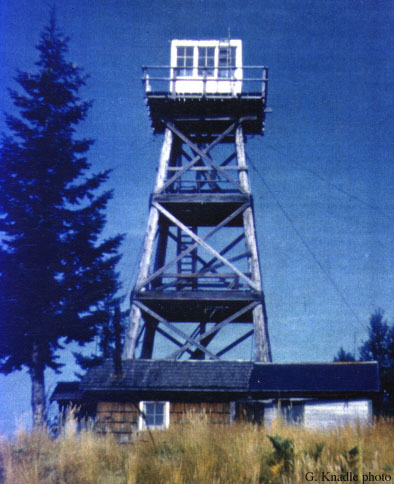
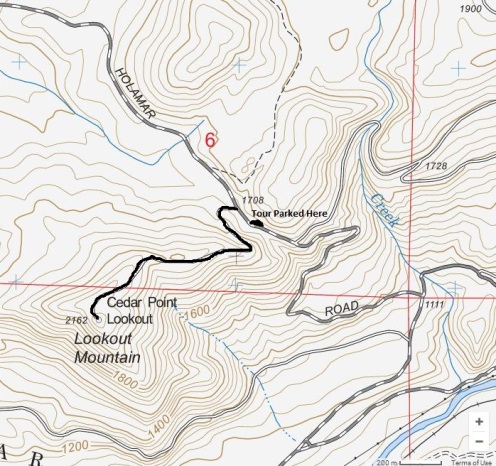
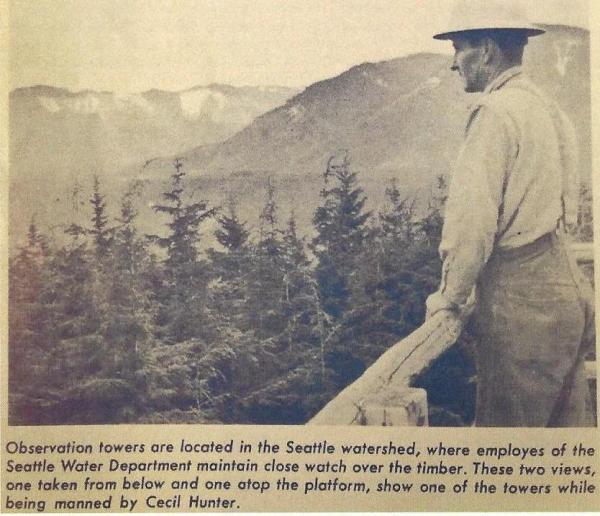
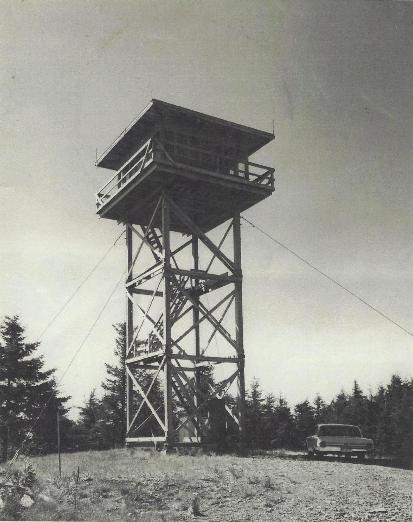
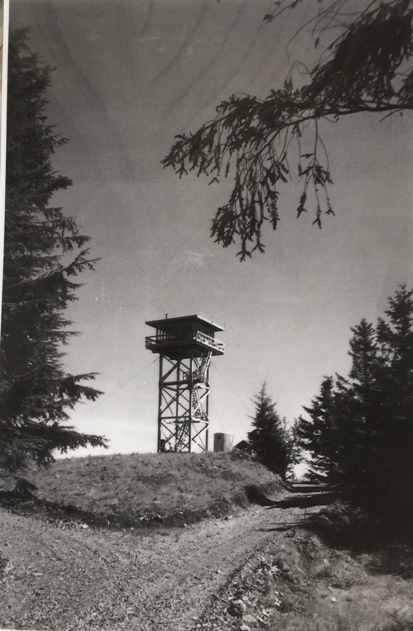
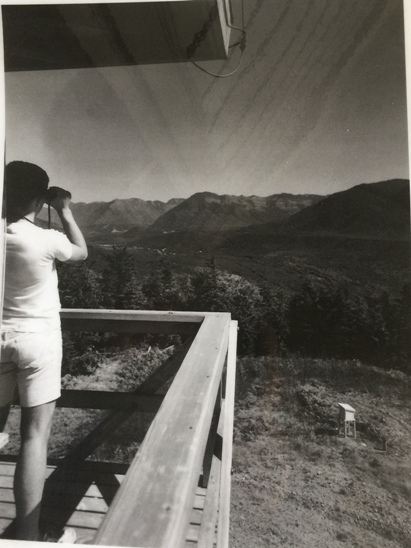
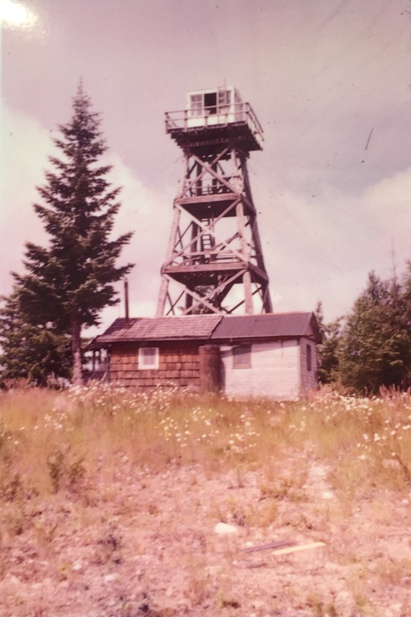
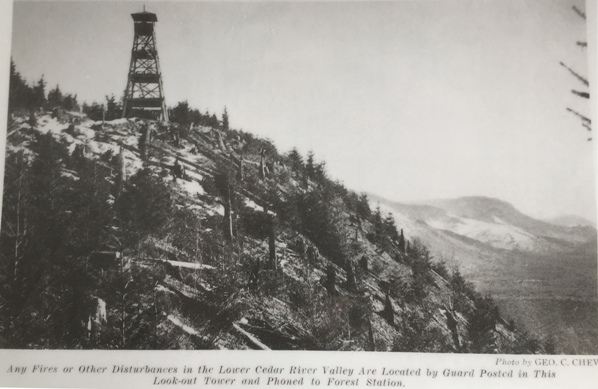
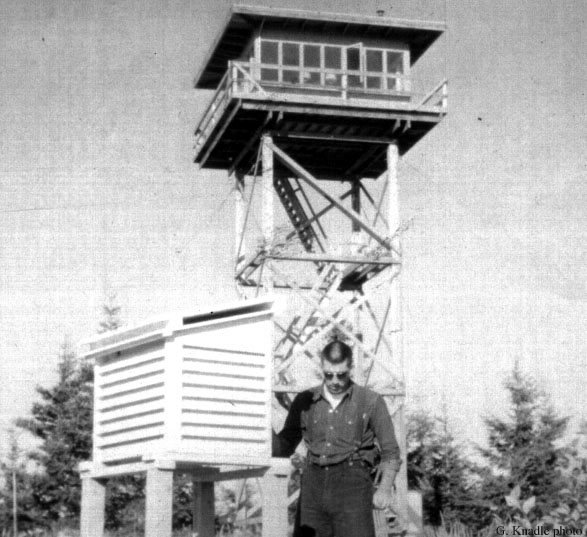
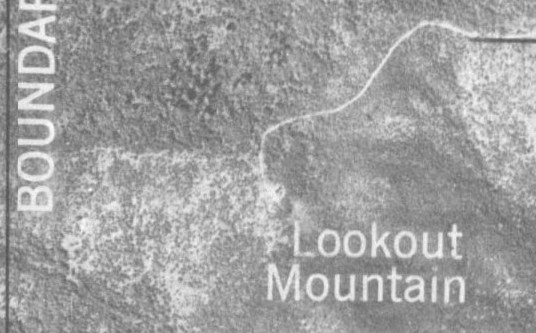
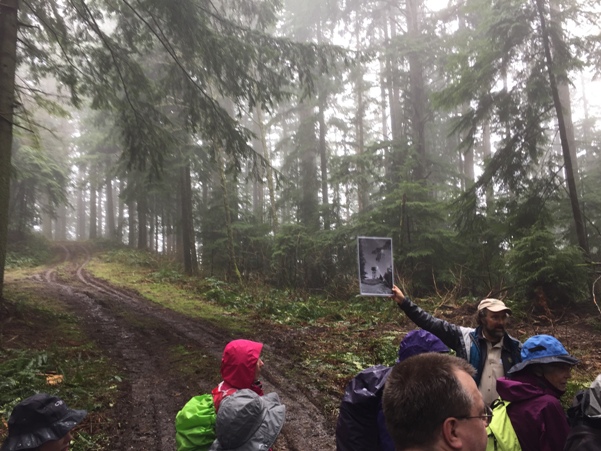

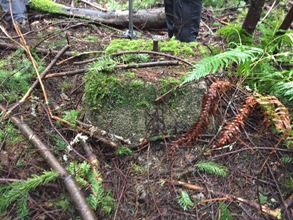
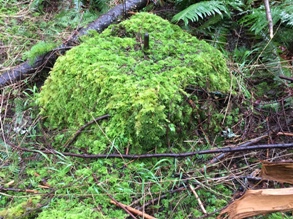
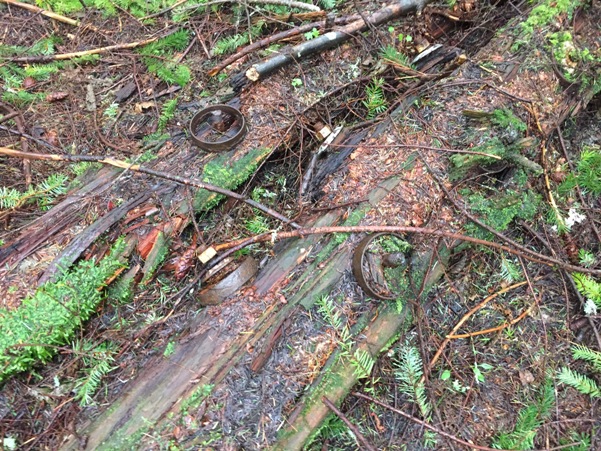

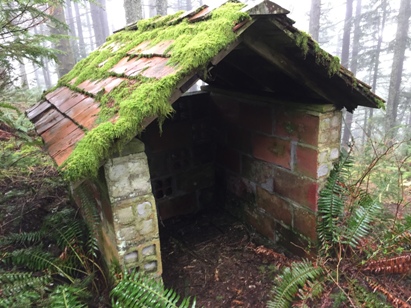
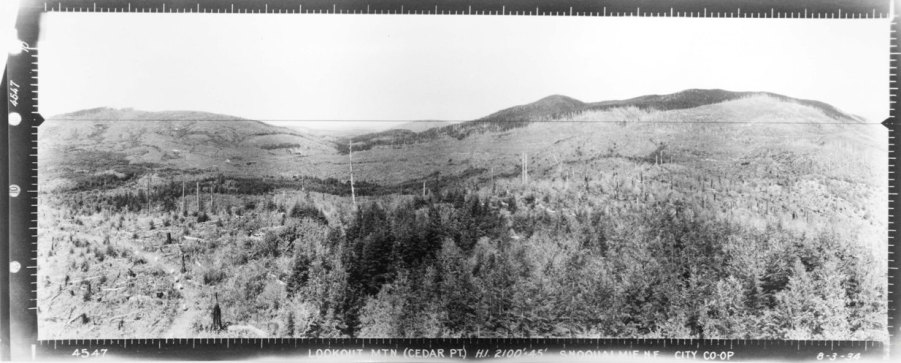
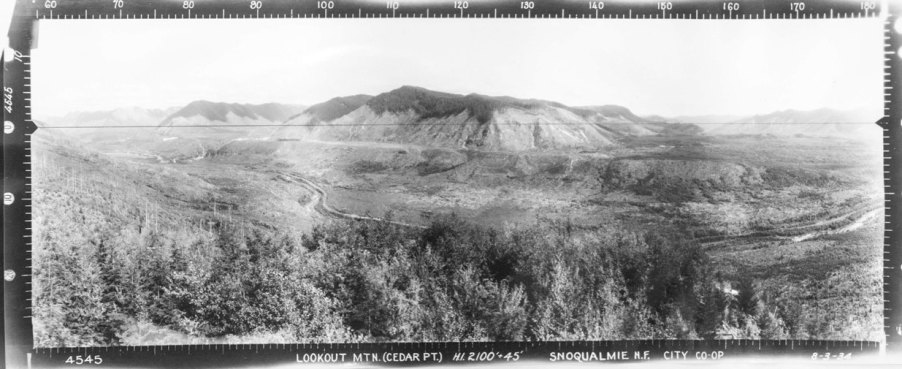
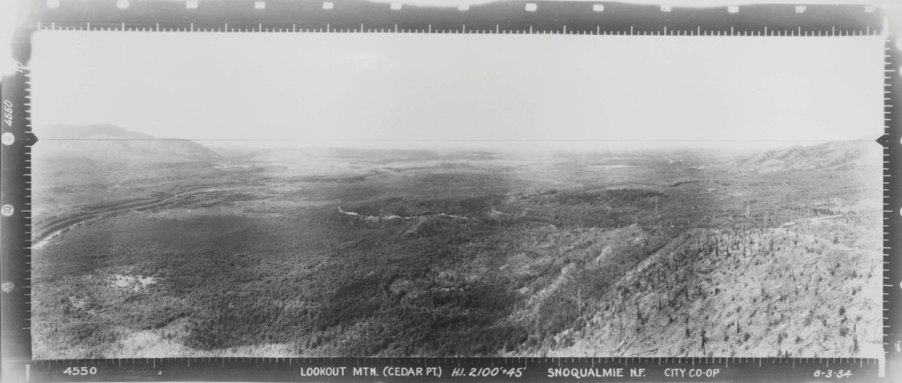
Looking Southwest in 1934
Looking North in 1934
Looking Southeast in 1934
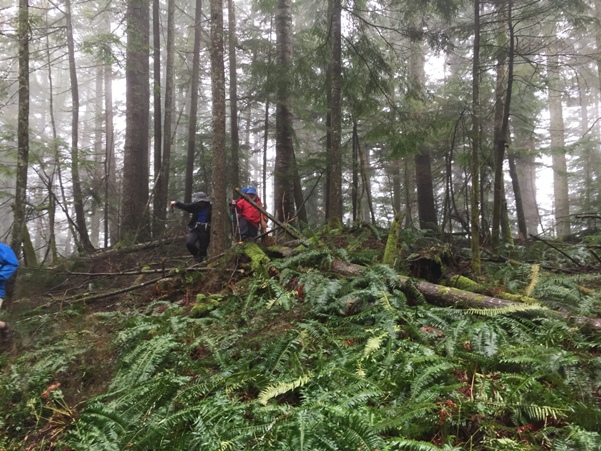
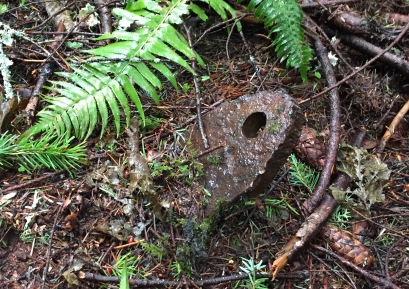
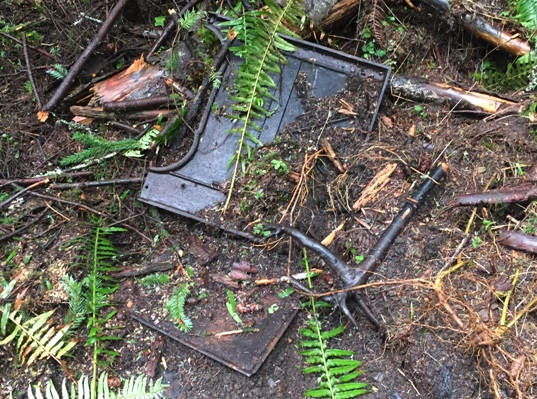


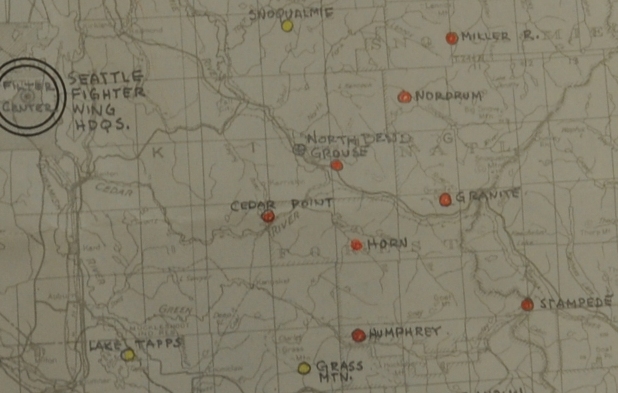
Showing Cedar Point on the AWS map
AWS Date Established: 3/25/1942
AWS Date Inactivated: 10/16/1943
Sleeping quarters added with AWS funds
AWS called it both Cedar Point and City Lookout
Final road up to Cedar Point Lookout
First Cedar Point Lookout
First Cedar Point Lookout
Second lookout from the air
Second lookout from the air
First Cedar Point Lookout
Just below lookout site viewing image from this location of standing tower
Second lookout tower
Joe Monaham
Red block building as described by USGS party in 1973
Hookups inside the Red Block Building
Summit area full of trees today
Stove parts
1969 aerial showing the lookout area remaining cleared as trees grew around
1940s aerial image of the lookout site
Arriving at lookout site with loop road going around
From the catwalk
Tower poles
Tower poles
Footing one of four
Footing two of four
Eyebolt
Loose bolt on the ground
